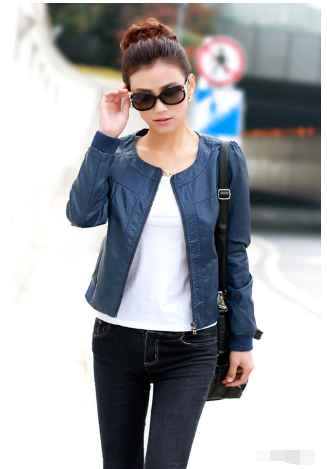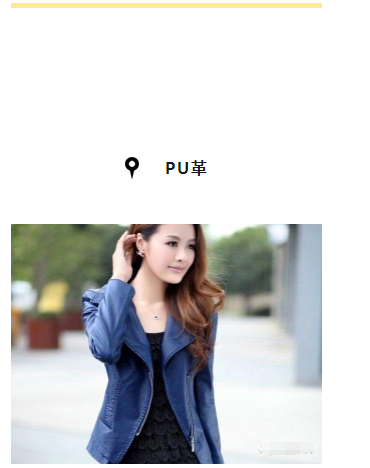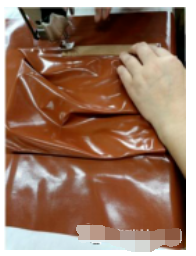PU leather fabric
PU is a type of synthetic leather. Its appearance is similar to natural animal skin and is its best substitute.

The advantages of PU clothing are waterproof, breathable, and environmentally friendly, but the disadvantage is that it is not wear-resistant and easy to peel. This chapter talks about some precautions in the production process of PU leather:
1. The surface of PU fabric is astringent and difficult to thread, but it is not recommended to use silicone oil, because the silicone oil may not evaporate locally, resulting in the use of ready-made garments. The parts with silicone oil are smooth and soft, creating a different feel than the parts without silicone oil.

How to sew PU leather? Here are some small methods:
A. Use detergent and water instead of silicone oil (but dry the fabric in time after use to prevent mildew spots).
B. Use plastic press corners when cutting seams and threads. Do not use metal press feet, otherwise it will easily damage the surface of the fabric, and sew with cardboard or film.
C. When cutting the wide seam and cutting the thread, because PU is elastic, it is easy to twist. You can use the presser foot roller to assist sewing.
D. PU leather has a certain degree of elasticity, and anti-deformation linings need to be attached to curved areas. And it is not recommended to use scissors on curved areas. PU is two-layer composite, which may cause wrinkles and unevenness after scissors are used.

2. PU fabrics have weak folding and ironing properties and are not resistant to high temperatures. Try to avoid ironing during process settings. , when it is unavoidable, do not iron directly with the iron, but put a layer of separator on the iron. It is best to choose breathable polyester to cover the iron before ironing.
3. PU leather garments must be kept dry enough during storage, otherwise mold spots will easily appear. Try not to stack them when hanging them. Two-layer composite fabrics can easily produce creases at the folds. , and difficult to eliminate.






